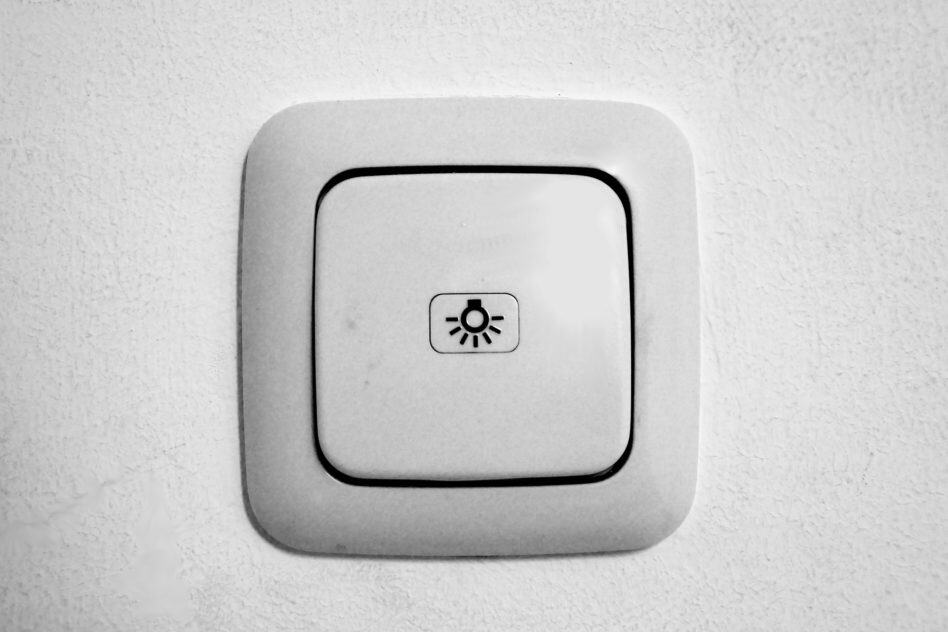Motion sensors are actually a great invention. In darkness, they automatically switch on the connected lights as soon as someone is in the detector’s sensor zone. After the set time, the light goes out again. In some situations, however, it is desirable to be able to switch on or off the light permanently with a manual switch.
Disadvantages of motion sensors
Motion detectors are often used for outdoor luminaires at home or in the garden. This eliminates the need to switch the lighting on and off manually every day in the dark. With most models, the response threshold and the light duration of the connected LED lamp can be set. For some environments this is sufficient, but in other situations there are also disadvantages:
- No permanent light when unloading the car
- Light always goes on and off at garden parties
- Automatic mode cannot be deactivated
These are only three of the most common disadvantages. In order to prevent constant switching on and off, many motion detectors can be bypassed and switched to permanent light if necessary.
Bypassing your motion detector
Many motion detectors can be bypassed with little effort. With an additional light switch, the connected outdoor light can then be switched to permanent light. The following sections should be carefully read before installing the light switch.
How does the bypass work?
The circuit is relatively simple. In principle, a simple light switch has two contacts which interrupt the current flow in the off state and pass it through in the on state. The output of a motion detector is also a simple switch with the same functionality. If both switches are now connected in parallel, the closed switch will always override the open switch.
How is the switch connected?
The cable from the newly installed continuous light switch must be routed to the motion detector. Here the two wires of the switch are connected in parallel to the input (phase L) and to the output (phase L’). The other connections of neutral conductor (N) and protective ground (PG) remain unchanged.
If the light switch is flipped on, the output of the motion detector is overridden and the light illuminates permanently. This works even if nobody is in the detection zone.
Which sensors are suitable?
If the additional light switch is switched on, the switching output in the motion detector is overridden. This may only be done with models with a switching relay. Variants with an electronic switch can be damaged.
In principle, the switching output must also be accessible in order to connect the additional switch. This is no problem with separately installed detectors, but with many outdoor spotlights with integrated motion sensors the required contacts are not accessible.
Conclusion
In many situations it is annoying when the lamps on the motion sensor are constantly turning on and off. Here it would be practical to switch the motion detector to permanent light manually. If the conditions described are met, the motion detector can be overridden with little effort and additionally switched on via a light switch.






